|
By Elizabeth Bach Research Scientist at Nachusa Grasslands, The Nature Conservancy Nachusa has experienced several ups and downs in 2021. COVID-19 continued to bring challenges and require flexibility. We celebrated the opening of our new equipment barn, but we also grieved the loss of naturalist Wayne Schennum. Wayne conducted plant and insect surveys at Nachusa throughout his long career and was actively working on a survey of leaf beetles prior to his passing this summer. Amid this uncertainty, the Nachusa science community managed to accomplish a lot.
Pete Guiden started 2021 strong with the publication of Effects of management outweigh effects of plant diversity on restored animal communities in tallgrass prairie in the Proceedings of the National Academy of Sciences. This is one of the top three scientific journals in the world; it is a major accomplishment for Pete and his co-authors in the Holly Jones and Nick Barber labs. It is significant for a Nachusa dataset to contribute to global scientific advancement in this way. They found management-driven responses were more common (and stronger) than plant-driven responses. Restoration age was the main driver of management effects, followed by prescribed fire. Both plant diversity and active management were critical to restoring animal biodiversity. You can learn more from Pete’s blog post. Another significant Nachusa publication was Twenty years of tallgrass prairie restoration in northern Illinois, USA, published in Ecological Solutions and Evidence as part of a global special issue on the UN Decade on Restoration. Elizabeth Bach analyzed 20 years of plant survey data from permanent transects set up by Bill Kleiman. Plant communities on native prairie remnants have maintained or increased plant diversity, including rare plants. Savannas maintained similar levels of plant diversity, but plant communities shifted from understories dominated by brush to herbaceous plants, including native grasses and flowering plants. The special issue on the UN Decade on Restoration also featured a paper from Bethanne Bruninga-Socolar and Sean Griffin. Variation in prescribed fire and bison grazing supports multiple bee nesting groups in tallgrass prairie showed that a mixture of fire and grazing on the landscape encouraged diverse bee communities by promoting bees with different nesting habits. Nachusa bees were primarily ground-nesting (90% of observed species), but stem/hole nesters (3.6%) and large-cavity nesters (6%) are also important parts of the community. This team also published Bee communities in restored prairies are structured by landscape and management, not local floral resources in Basic & Applied Ecology. Large-landscape restorations were positive for bees, as the relationships with floral diversity observed in previous work in small, isolated prairies did not hold up at Nachusa. Several Nachusa insect studies were published in 2021. Michele Rehbein, who surveyed mosquitoes at Nachusa for her PhD work at Western Illinois University, published A new record of Uranotaenia sapphirina and Aedes japonicus in Lee and Ogle Counties, Illinois. Both these mosquitoes are new records for the area and contribute to broader understandings of mosquito communities in Illinois generally. Azeem Rhaman published Disturbance-induced trophic Niche shifts in ground beetles (Coleoptera: Carabidae) in restored grasslands, summarizing his MS research with Nick Barber at San Diego State University. He found ground beetles consumed a wider range of food sources in areas with bison grazing, particularly with both grazing and fire. Meghan Garfinkel, who earned her PhD from University of Illinois – Chicago, specifically examined insects present in bird diets. Using faecal metabarcoding to examine consumption of crop pests and beneficial arthropods in communities of generalist avian insectivores, published in Ibis, was the first study to leverage next-generation DNA sequencing to analyze diets of entire bird communities. Birds consumed more herbivorous arthropods (plant-eating bugs) compared to carnivorous arthropods (bug-eating bugs). Heather Herakovich published two papers on birds this year. In Impacts of a Recent Bison Reintroduction on Grassland Bird Nests and Potential Mechanisms for These Effects, she found that bison presence did not impact nesting density or vegetation structure, but nest success increased in the first two years after reintroduction. Heather evaluated birdsong to passively survey communities in Assessing the Impacts of Prescribed Fire and Bison Disturbance on Birds Using Bioacustic Recorders. This dataset showed that having a mix of recently-burned, unburned, and grazed habitat in the landscape supported diverse bird communities, as different species have different habitat preferences. It was a strong year for animal publications from Nachusa. Rich King and graduate students Monika Kastle and Callie Golba published two papers about their work on Blanding’s turtle recovery in northern Illinois, including the Nachusa population. Blanding's Turtle Demography and Population Viability focused on modeling needs for Blanding’s turtle populations to sustain themselves. Blanding's Turtle Hatchling Survival and Movements following Natural vs. Artificial Incubation reported on the results from the 2020 release of Blanding’s head-start hatchlings at Nachusa and other sites. Survival rates were variable across the populations, and research continues at Nachusa to find the most effective ways to protect these turtles. Publications of threatened and endangered species extended to plants as well. Katie Wenzell, who earned her PhD from Northwestern/Chicago Botanic Gardens, published Incomplete reproductive isolation and low genetic differentiation despite floral divergence across varying geographic scales in Castilleja in the American Journal of Botany. This work examined the genetic relatedness and floral variability of Castelleja sessiliflora (downy paintbrush) and C. purpurea (prairie paintbrush or purple paintbrush) across their geographic ranges. Both species are evolving, but C. sessiliflora is exhibiting genetic differentiation, whereas C. purpurea is exhibiting differences in flower shape without genetic changes. These are two different mechanisms driving similar evolutionary outcomes. Timothy Bell and colleagues explored population trends in the threatened eastern prairie fringed orchid in Environmental and Management Effects on Demographic Processes in the U.S. Threatened Platanthera leucophaea (Nutt.) Lindl. (Orchidaceae). They found regular burning and wet weather lead to greater blooming populations for the orchid. To evaluate landscape-level plant community and soil characteristics, Ryan Blackburn tested aerial imaging from drones in Monitoring ecological characteristics of a tallgrass prairie using an unmanned aerial vehicle, published in Restoration Ecology. Drone images did an adequate job of evaluating grass cover and mean dead plant cover, but more work is needed to refine this method. Scientific accomplishments at Nachusa are making strong contributions to both scientific understanding and on-the-ground conservation and restoration efforts. Thank you all for being part of this. None of this could happen without the collaboration of scientists, volunteers, donors, The Nature Conservancy, and Friends of Nachusa Grasslands. Many of the 2021 researchers were supported with a Scientific Research Grant from the Friends of Nachusa Grasslands. Donations to Friends can be designated to Scientific Research Grants.
The Nachusa summer science externship is supported by The Nature Conservancy.
0 Comments
By Chandler Dolan Bumble Bee Technician Introduction The scene: It’s a classically humid, July afternoon. A gaze across the prairie shows patches of yellows and pinks, suggesting the presence of yellow coneflower and wild bergamot. As the heat intensifies, the birds and bison seem to slow. You stand quietly, intently listening to the sounds the grassland offers. Suddenly, a loud buzz tears through the patterns of bird melodies and katydid song. A familiar yellow and black face emerges from under a canopy of partridge pea: a bumble bee. Bumble bees are familiar insects. The shaggy combination of yellow and black (and sometimes orange) hairs with a plump, round build makes these insects nearly unmistakable. Their role of pollinating beautiful wildflowers and food plants alike is an important ecosystem service they provide us, free of charge. Their friendly buzz and frantic foraging suggest a healthy ecological system. Unfortunately, bumble bees face an uncertain future. Through habitat loss, pesticide use, and disease, many bumble species have experienced significant decline and are becoming increasingly rare. Thankfully, Nachusa gives refuge to three threatened species of bumble bees, including the critically endangered rusty-patched bumble bee (Bombus affinis). In 2017, Bethanne Bruninga-Socolar discovered the presence of the rare bumble bee at Nachusa in the form of a foraging worker. This was a great discovery, as the current distribution of the species is fairly unknown. To know this species was living at Nachusa was special and has given rise to new research opportunities and questions to be answered. With the new motivation of a federally endangered species in the Grasslands, new projects have begun! The 2020 season is the first season we have boots on the ground (in the form of me!) to monitor bumble bee abundance and diversity across all species of bumble bee at Nachusa. We start with simple questions: What species of bumble bees are here? How many of them are there? What flowers are they using? By answering these questions, we can start to form new questions and learn about the Grasslands. This season is all about exploration, experimentation, and just getting a sense of the bumble bees at Nachusa. Endangered Bumble Bees of Nachusa Grasslands As mentioned, the rusty-patched bumble bee is a federally recognized endangered species in the United States. In fact, it is the first bumble bee species to be listed on the United States Endangered Species Act. This characteristic bumble bee sports a unique “rusty patch” on its abdomen, which is one of its best identification traits, hence the name. The decline of this species is somewhat mysterious and very sudden. Prior to 1996, this species was abundant throughout much of the Midwest and Northeastern U.S. After 1996, the species tumbled into rapid decline and is now extremely rare in the Northeast. Most records of this species today are sporadically reported in the Midwest, but at very low rates. In the seven weeks I have been surveying, I have detected two rusty-patched bumble bee workers at Nachusa. To know this species is still present and not extinct is a great discovery alone. But understanding the way it uses the mosaic and where it chooses to nest is still up for question, and is difficult to answer with such sparse sightings. Our first sighting occurred very early in the field season. In fact, it was the fourth day of surveying! Seeing a single rusty-patched worker busily foraging on beardtongue (Penstemon digitalis) was a great way to start the season. Our second was about a month later on July 17th. Upon my arrival to a hill to do some quick exploration, the very first bee I spotted was the rare but distinct bumble bee methodically feeding on wild bergamot (Monarda fistulosa). I held back tears of joy as I quickly netted the bee for proper identification. Nachusa also houses two other declining bumble bee species: the golden yellow bumble bee (Bombus fervidus) and the American bumble bee (Bombus pensylvanicus). Bombus fervidus has quickly become one of my favorite species, as its striking yellow abdomen and bold, black thorax band are impossible to miss. While these species are not recognized as endangered by the federal government, they have documented declines that warrant them a “vulnerable to extinction” assessment by the IUCN Redlist. I’m happy to report that these species are detected regularly and seem to like certain parts of the Grasslands. One day we hope to answer these questions: What parts of Nachusa are these vulnerable species found, and why? What makes one patch of habitat more suitable than another? Conclusion Bumble bees are interesting. Their familiarity provides a calming energy, as their small wings effortlessly lift their seemingly oversized bodies and loads of pollen to provide for the nest and its offspring. But despite how recognizable they may be, there is still much to learn about them. Simple things such as their habitat and favorite flowers are yet to be fully understood. A closer look into the world of bumble bees reveals a world of individual decision-making by our hairy friends that we are working hard to better understand. One of the first steps to conserving a species is to better our understanding of them. With the first long-term bumble bee surveying season at Nachusa underway, we hope to better understand our bumble bees and to one day provide them the best habitat we can. To lose a species is to lose a piece of a puzzle. Once gone, the picture will never be the same, with a hole no other piece can fill. *** UPDATE: On July 29th and 30th, two more rusty-patched bumble bees were observed at Nachusa! That makes a total of 4 observations this season! *** Dr. Bethanne Bruninga-Socolar's ongoing research on Nachusa's bumble bees is supported with a Scientific Research Grant from the Friends of Nachusa Grasslands. If you would like to play a part in helping the bees at Nachusa Grasslands, consider joining our Thursday or Saturday Workdays or giving a donation to the Friends of Nachusa Grasslands. Donations to Friends can be designated to Scientific Research Grants. Chandler Dolan graduated from the University of Northern Iowa in December of 2019. Throughout Chandler's career as a young biologist, they have been continually drawn to endangered species ranging from the rusty-patched bumble bee to neotropical parrots and migratory songbirds. As Chandler dives deeper into the world of bumble bees, they hope to pursue bumble bee conservation as a long-term goal for graduate school.
By Jess Fliginger At first glance, it’s easy to mistake a fritillary butterfly for the well-known monarch; both can be seen fluttering across the prairie during the summer months, are similarly-sized, and are orange with black markings. In 2017 I spent the summer surveying for butterflies, particularly regal fritillaries and monarchs, in remnant prairies across the Loess Hills of Iowa. From my experience, the only way to get close enough to identify, or be fortunate to snap a photo of a butterfly is to move slowly and cautiously towards it as it’s fixed atop a flower, busily sipping nectar. Be prepared to pursue a fidgety butterfly for several yards as it swiftly drifts from one flower to the next. It took a great deal of practice and patience before I was able to become a stealthy butterfly ninja. Upon closer observation, the difference between a monarch and a fritillary butterfly becomes more apparent. There are 14 species of greater fritillaries (genus Speyeria) and 16 species of lesser fritillaries (genus Boloria). Both have a widespread range and can be found across the northern half of the United States into Canada, in some southern states, and parts of Mexico. Greater fritillaries inhabit woodland openings, meadows, prairies, and other open habitats where violets are present, while lesser fritillaries primarily live in wet meadows and bogs. Although greater fritillaries are much larger than lesser fritillaries, it can still be difficult to tell them apart while in flight. In total, there are 6 species of fritillaries that call Nachusa Grasslands home: great spangled fritillary (Speyeria cybele), regal fritillary (Speyeria idalia), aphrodite fritillary (Speyeria aphrodite), silver-bordered fritillary (Boloria selene), meadow fritillary (Boloria bellona), and variegated fritillary (Euptoieta claudia). The most common, and easiest to approach, is the great spangled fritillary. Of these, the regal fritillary is the only state-threatened species. A prairie-specialist species, regal fritillaries have drastically diminished throughout the Midwest, with only two localized populations remaining east of Illinois and several small isolated populations east of the Great Plains states and western Missouri. Typically, fritillaries have one brood and one flight period from June to August. Females lay their eggs near violets (Viola spp.), the caterpillar’s main food plant, in shady areas on the underside of dead vegetation. Soon after, the larvae hatch, crawl into nearby leaf litter, and sleep through the winter without feeding. During late winter to spring, the caterpillars begin munching on newly-sprouted violets and mature rapidly. Once fully grown, they pupate for several weeks until an adult fritillary butterfly emerges. Clearly, without violets there would be no fritillaries! Luckily for fritillaries, Nachusa has 7 species of violets throughout the preserve, as well as plenty of nectar sources to choose from. Equally as important to their survival, adult fritillaries require a large variety of nectar sources from native and non-native plants. I usually see them on coneflowers, goldenrods, ironweed, blazing-stars, milkweeds, mints, clovers, thistles – just to name a few. Plant any of these, along with violets, in your butterfly garden, and maybe a beautiful fritillary will pay you a visit. Jess Fliginger worked for Nachusa as a restoration technician during the summer of 2016. She has continued to be involved at the preserve, helping researchers conduct fieldwork and gather data. Working alongside Dr. Rich King in 2018 and 2019, she has collected data on Nachusa’s Blanding’s turtles . In addition, she has been volunteering with small mammal research since 2015, and worked for Dr. Holly Jones as a small mammal field technician in 2019. Lately, she has worked and volunteered in land restoration to enhance her skill set. She plans on assisting with prescribed burns at Nachusa this upcoming spring.
|
Blog CoordinatorDee Hudson
I am a nature photographer, a freelance graphic designer, and steward at Nachusa's Thelma Carpenter Prairie. I have taken photos for Nachusa since 2012. EditorJames Higby
I have been a high school French teacher, registered piano technician, and librarian. In retirement I am a volunteer historian at Lee County Historical and Genealogical Society. Categories
All
Archives
January 2024
|
CONNECT WITH US |
|
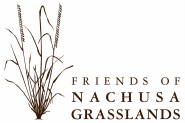
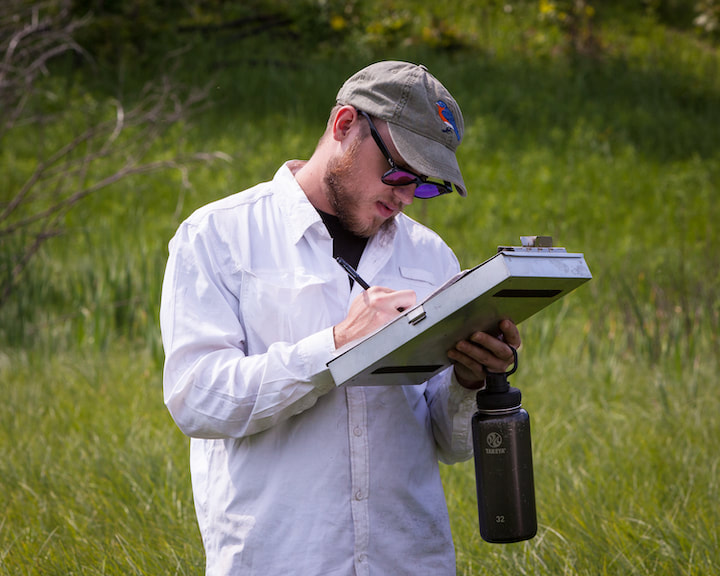
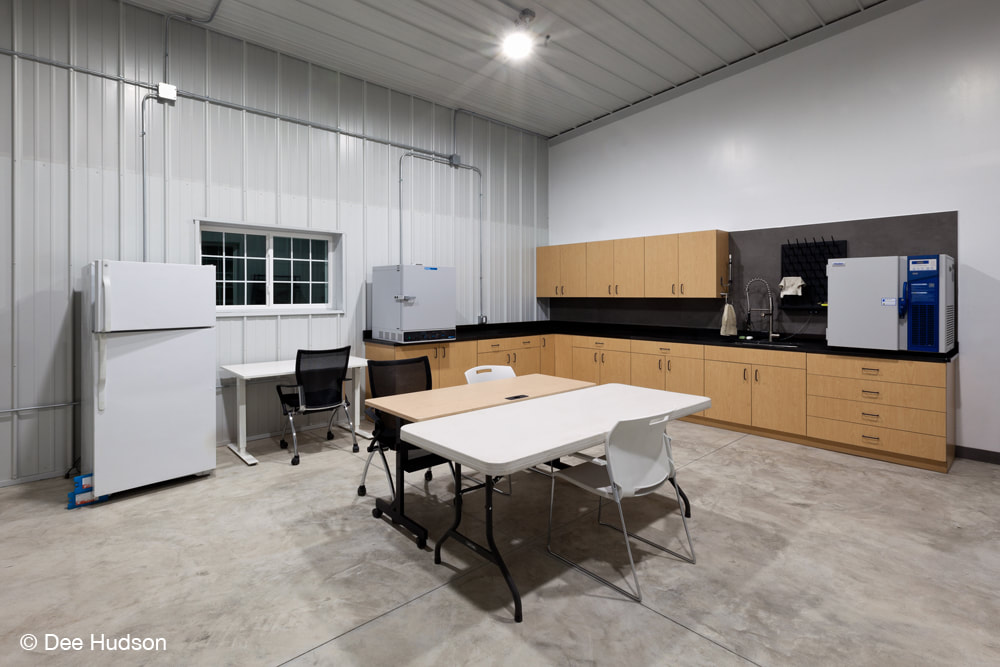
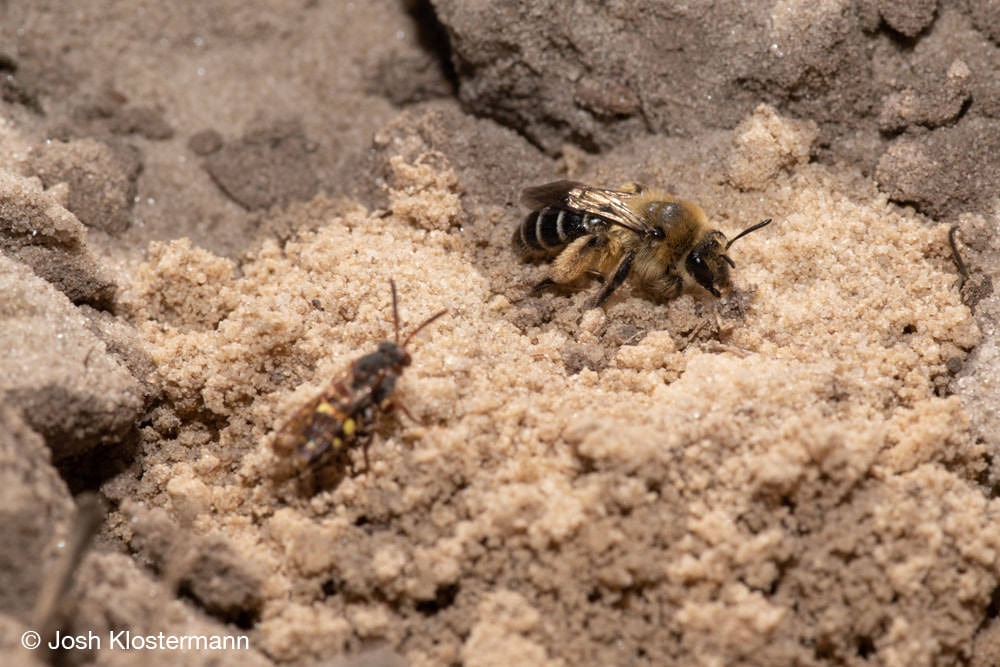
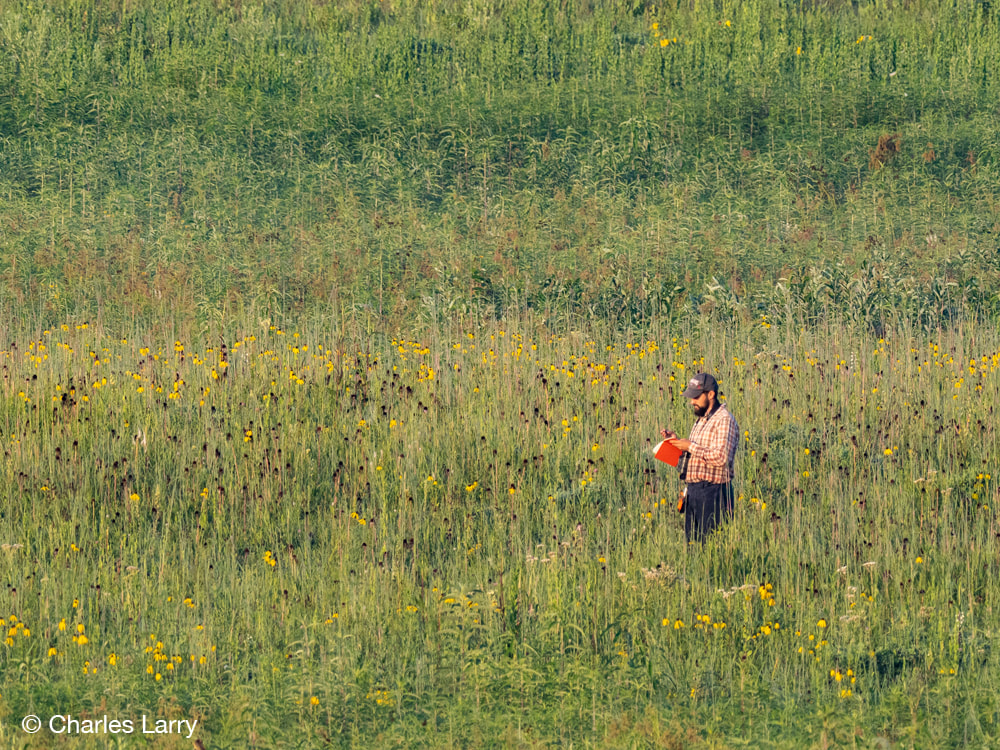

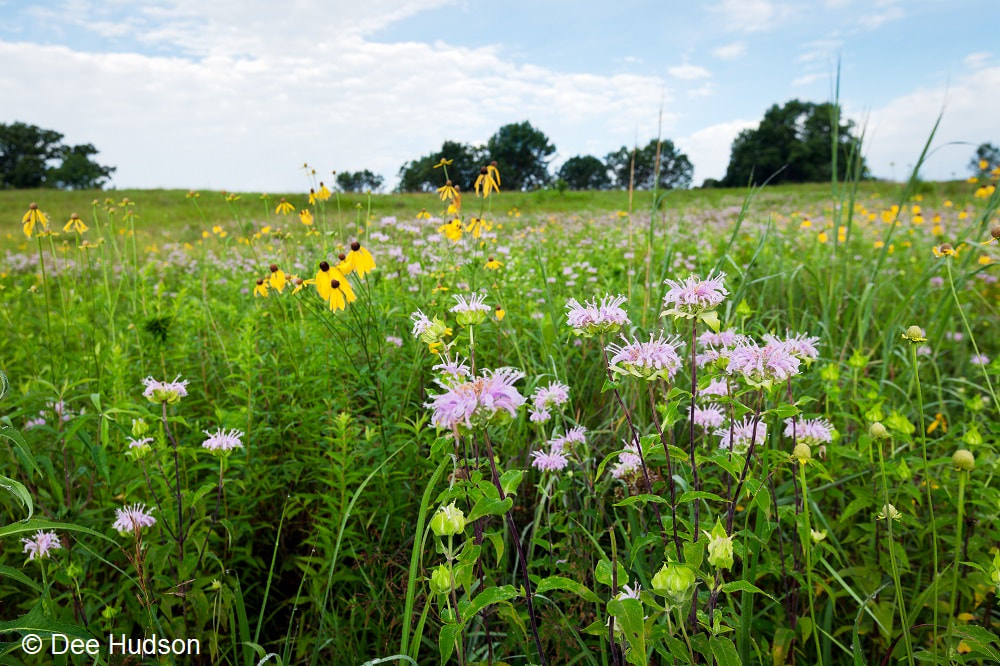
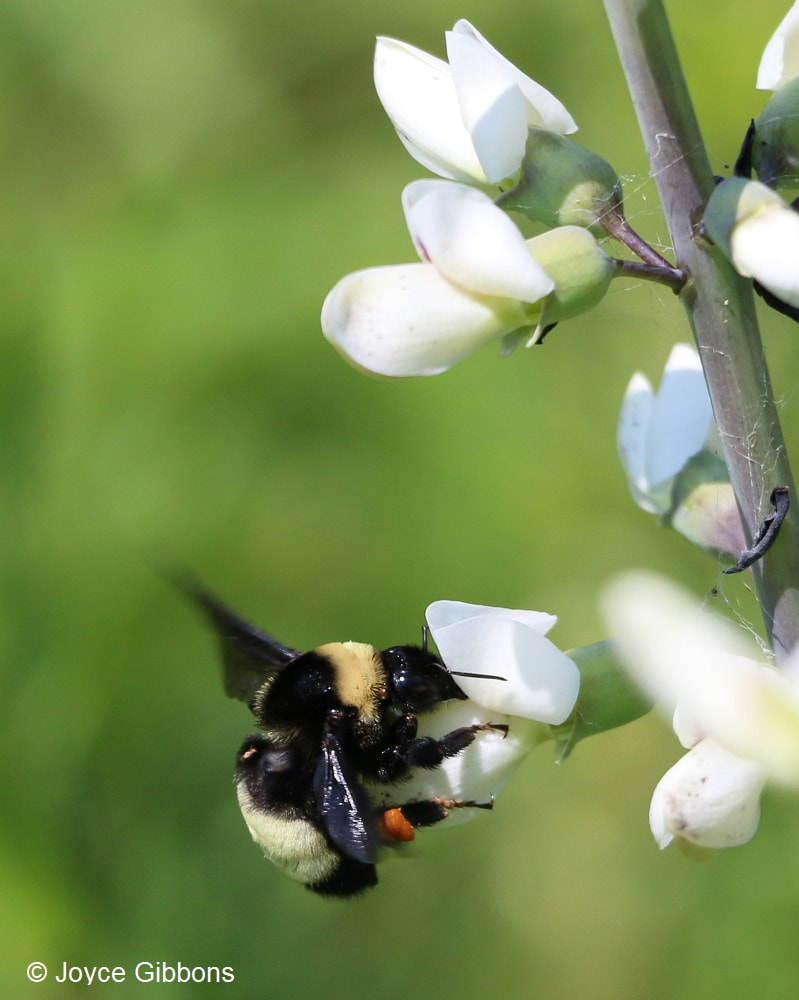
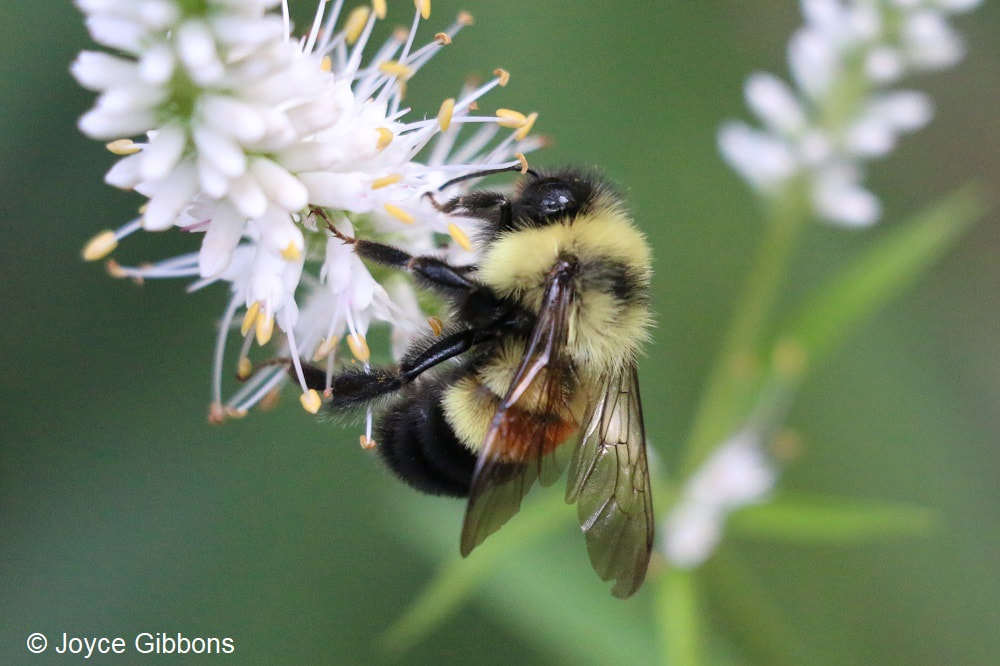
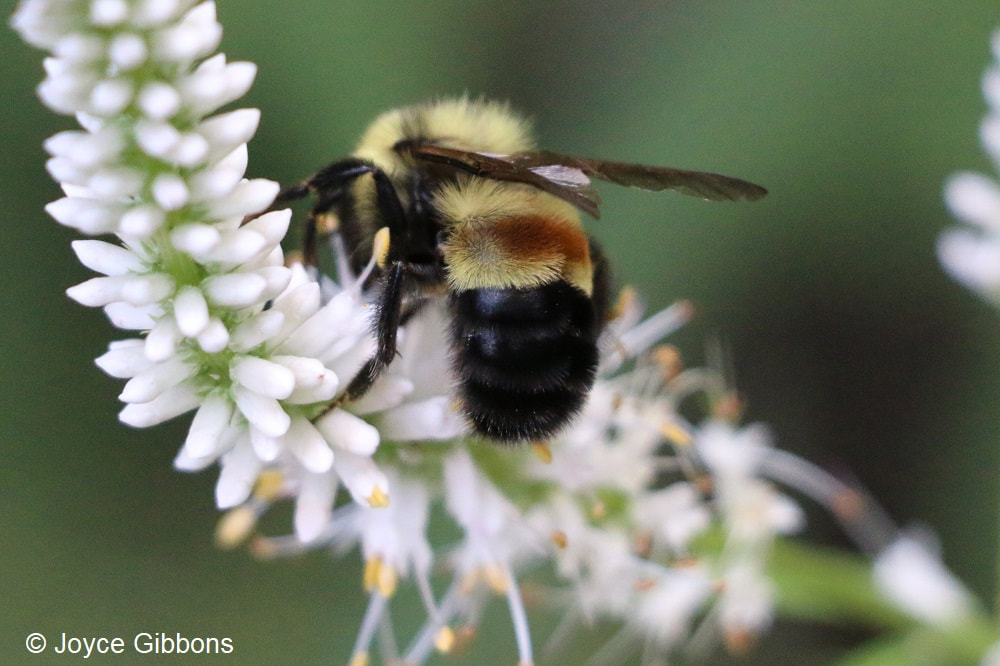
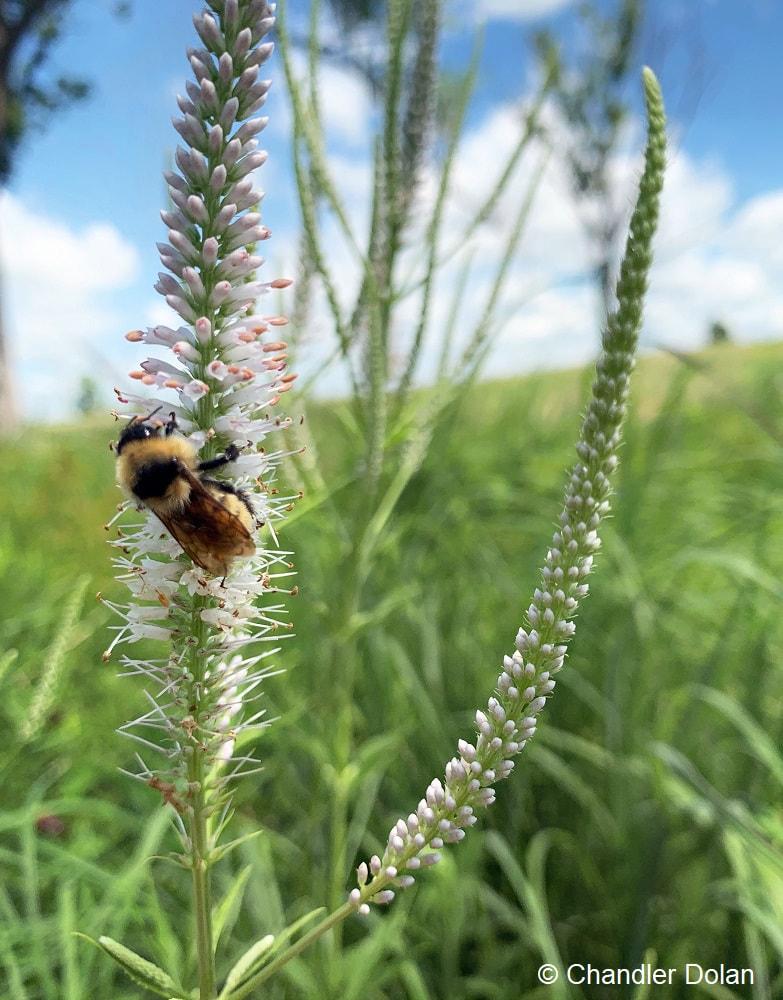
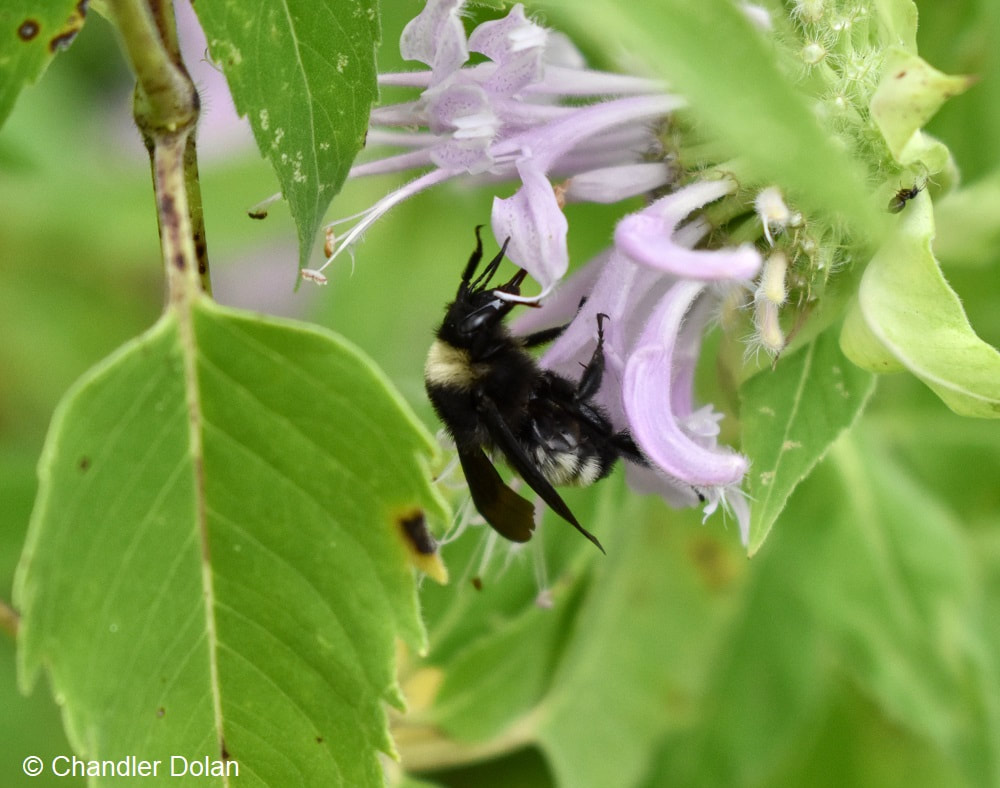
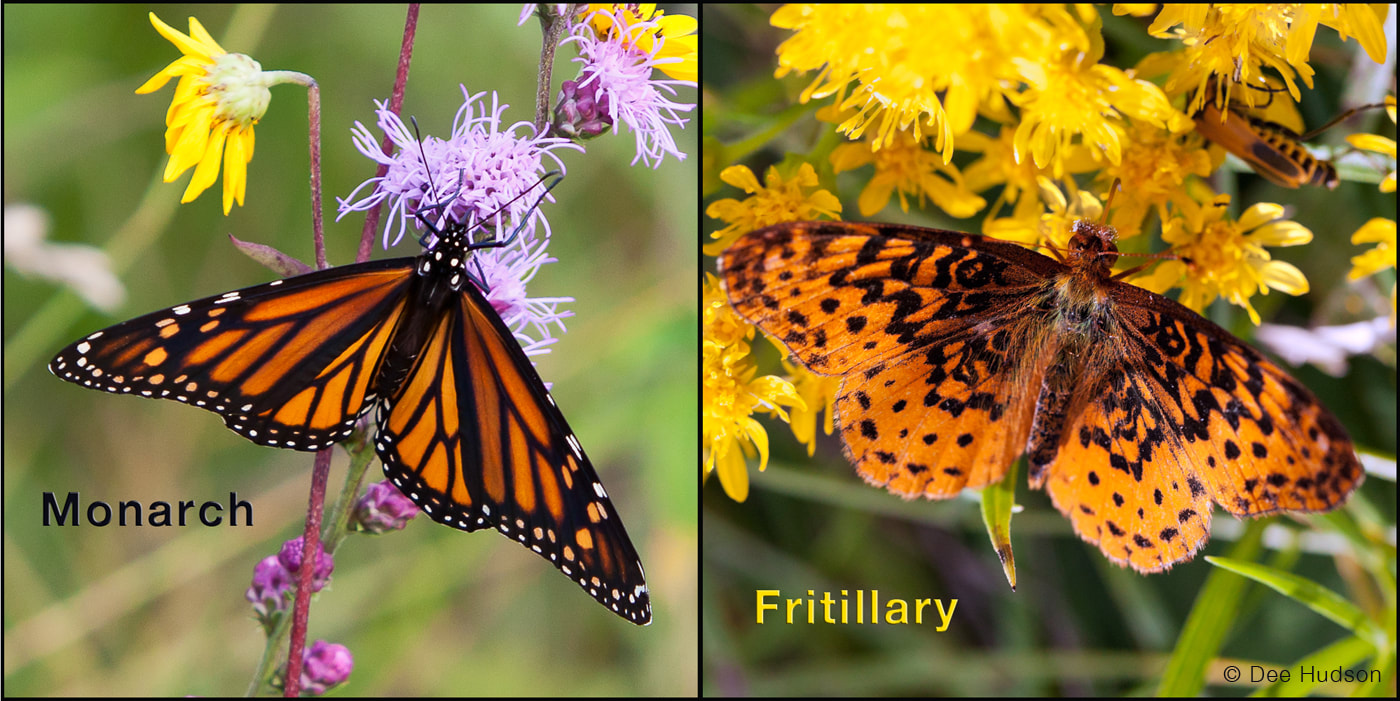
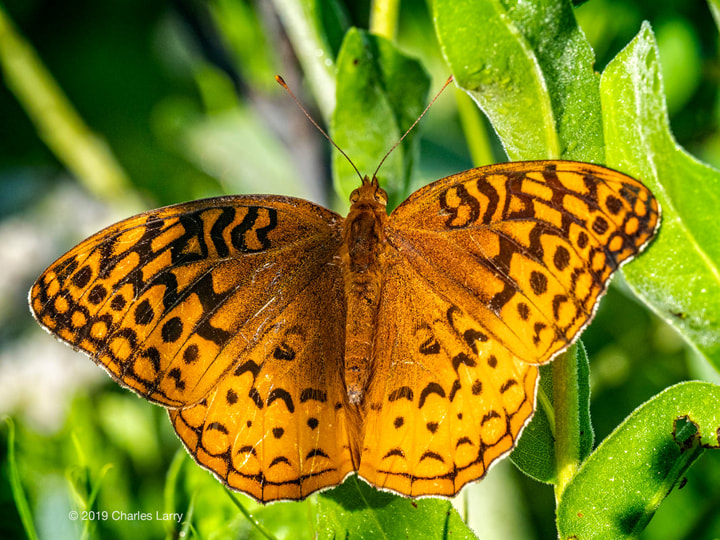
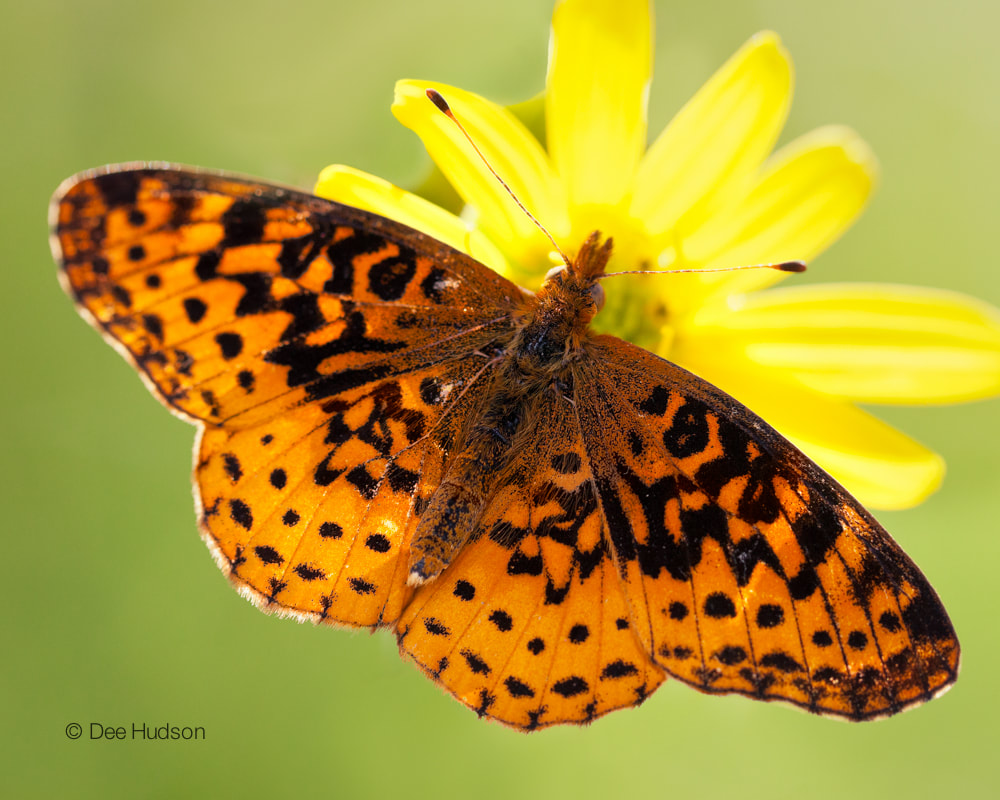
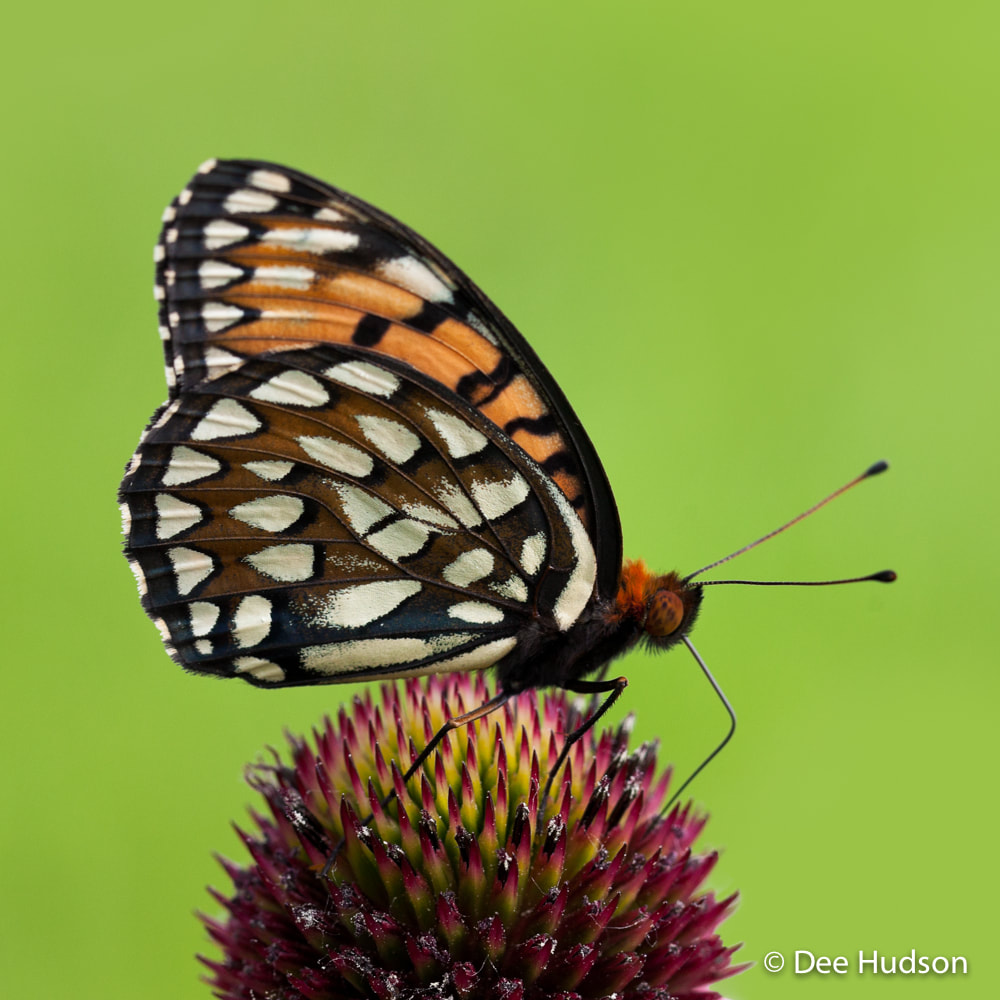
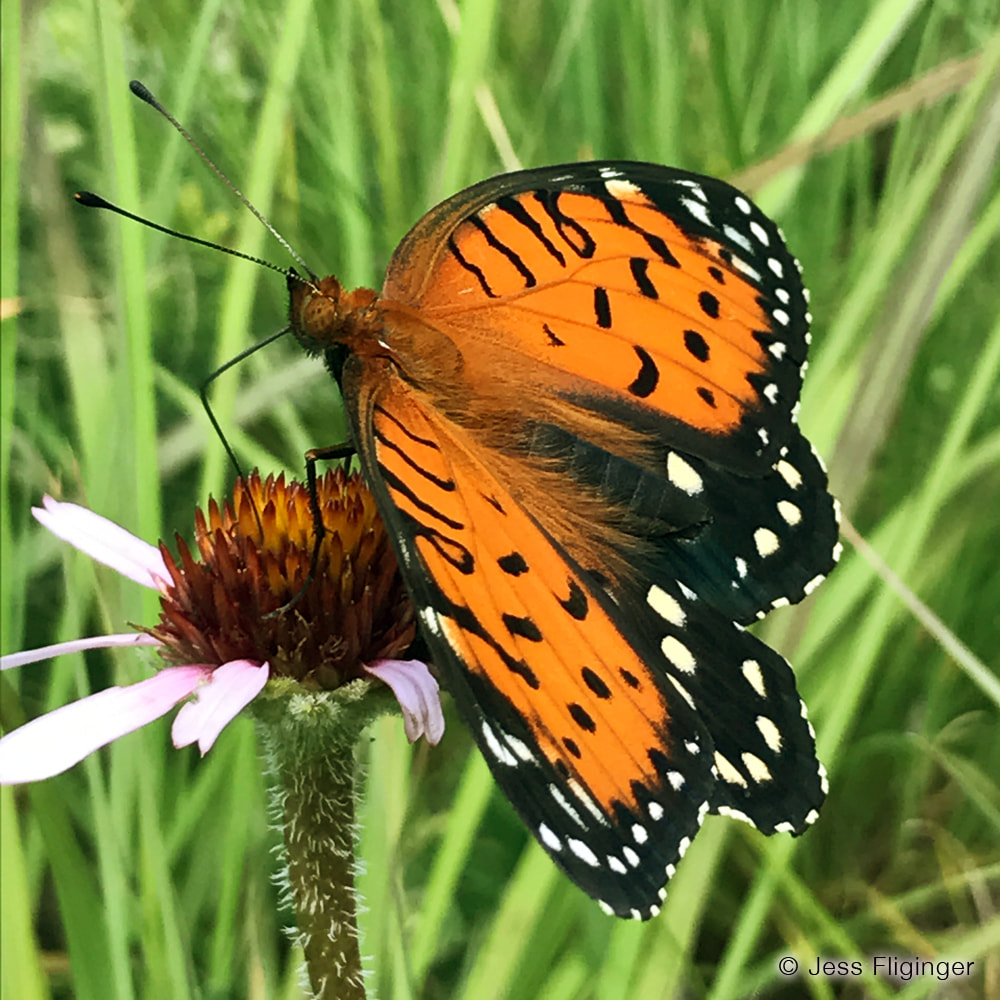

 RSS Feed
RSS Feed